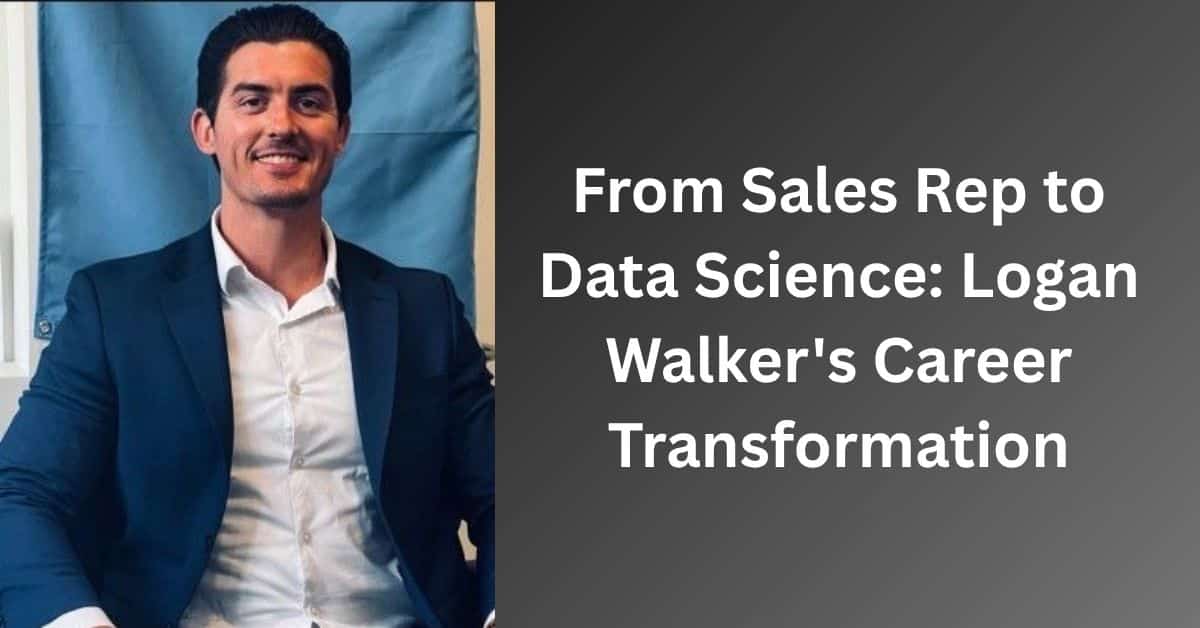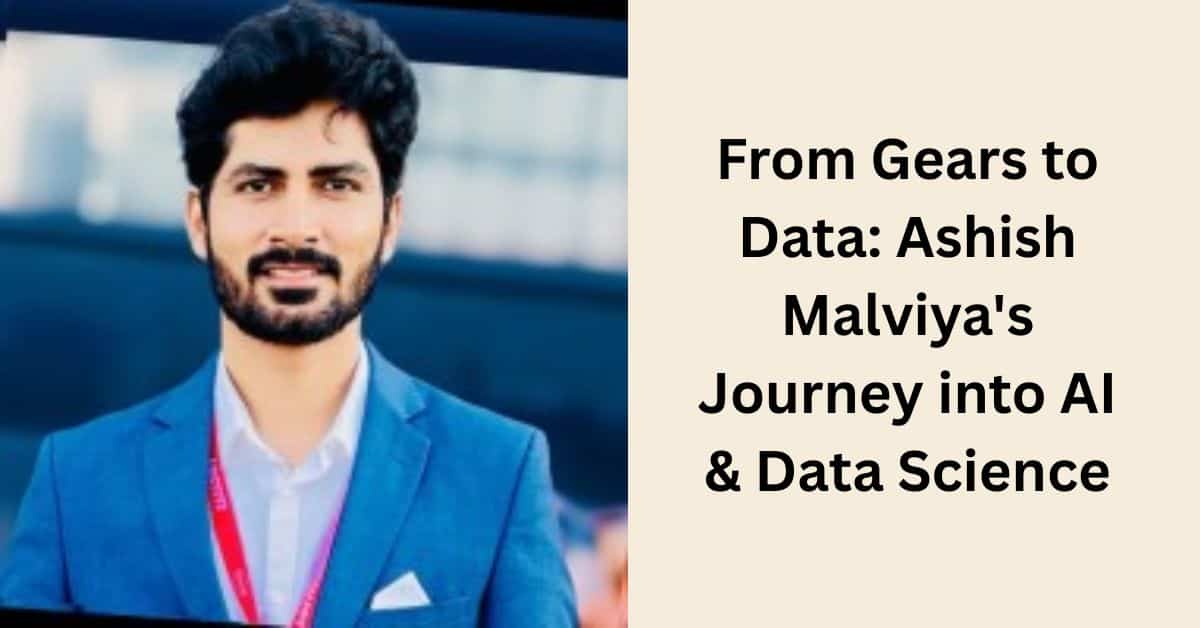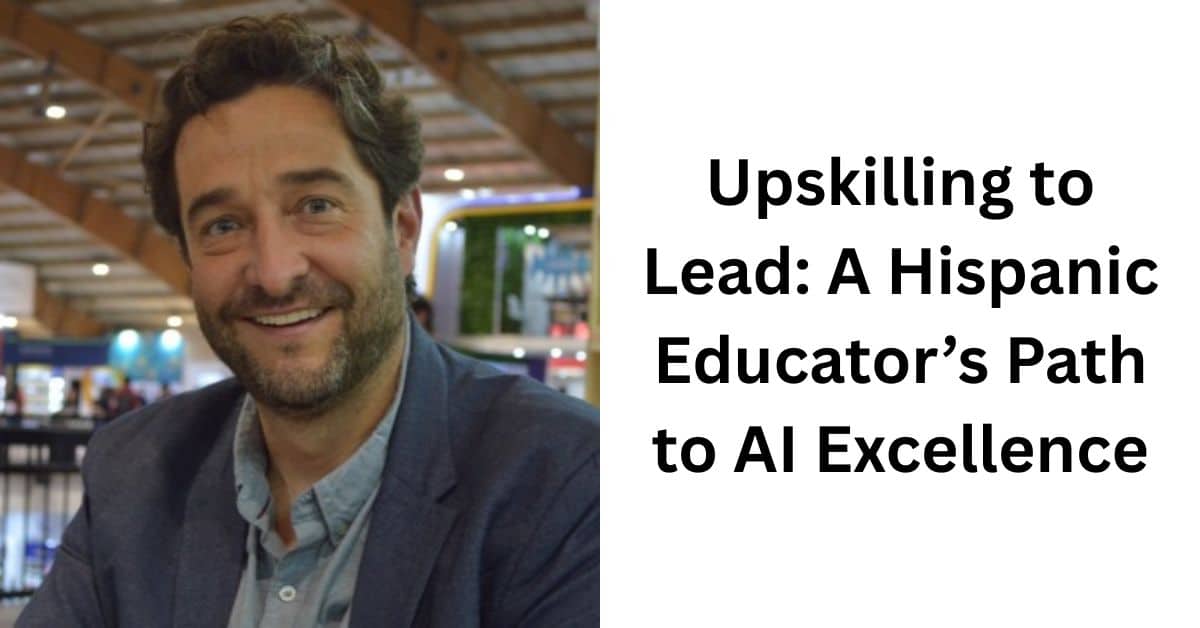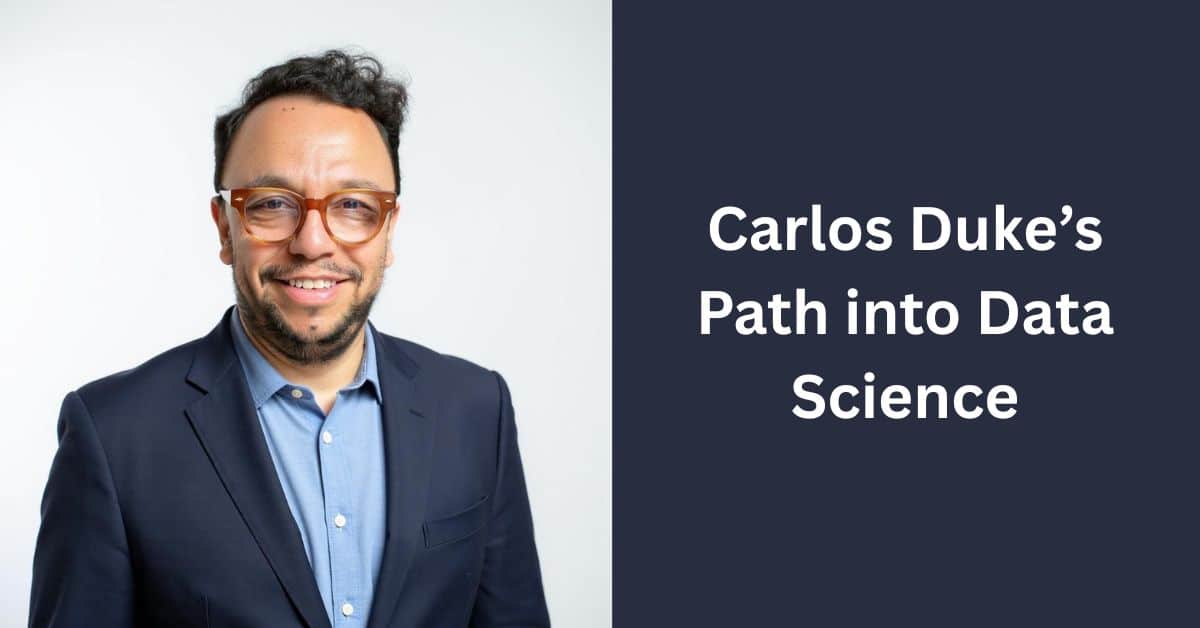Many professionals dream of a career pivot, and Logan Walker has executed it with precision and success. Transitioning from a traditional Sales Representative to a highly technical Sales Engineer, Logan’s journey is a powerful example of how strategic upskilling, driven by a desire for deeper understanding, can unlock entirely new career paths. His transformation was fundamentally enabled by the Data Science and Machine Learning: Making Data-Driven Decisions program from MIT IDSS.
The Drive for Deeper Understanding: When "How" Matters More Than "What"
Before enrolling, Logan had no formal background in data science or machine learning. His only technical foundation was self-taught Python. "I mention this because it speaks of the program’s accessibility: you don’t need to be a data science expert or mathematician to succeed here," Logan explains. His existing role as a SaaS sales rep involved broad solution knowledge, but he yearned for more than just selling technology. He wanted to understand the "how": how systems worked, how models made predictions, how platforms processed data.
This craving for technical depth led him to proactively conduct his own product demos, a task typically handled by Sales Engineers. "It was in those moments that I knew I wasn’t just interested in the tech; I was passionate about it. I wanted to go deeper, to understand it at a fundamental level." Then, the opportunity knocked. A friend reached out about a Sales Engineer position at a company specialising in digital identity verification and fraud prevention through machine learning. Though he didn't yet have the job, Logan knew this was the role he had been preparing for "in his heart." That same day, he enrolled in the DSML program from MIT IDSS, confident it would bridge the gap between his ambition and the technical skills required.
The Program's Impact: Building Foundational Acumen
The program proved to be the crucial bridge. Logan credits its structure and content for his rapid progress. The curriculum, designed to guide learners "from the ground up," was comprehensive. It delved into core concepts like exploratory data analysis, visualisation techniques, various machine learning algorithms (supervised, unsupervised, semi-supervised), hyperparameter tuning, and essential mathematical foundations (linear algebra, statistics, probability, calculus).
Crucially, the program taught not just "what to do but why," fostering a deep, applicable understanding. Beyond the core coursework, Logan found immense value in the live sessions. These weekend sessions offered "real-life examples, tips for technical interviews, and insights that could only come from seasoned practitioners." Additional masterclasses further enriched the learning experience. The collaborative spirit among peers was also a significant motivator: a WhatsApp group formed early on became a vital space for sharing ideas, offering help, and mutual encouragement, transforming the experience into a shared journey.
The Sales Engineer Role: A Deep Dive into Data and Models
Logan landed the job, and it was far from typical. His company’s product uses machine learning models to verify identities and prevent fraud, drawing on over 400 data sources and processing thousands of signals per transaction. To succeed in this role, Logan needed to deeply understand the inner workings of these models: explaining AUC and ROC curves to both technical and non-technical audiences, understanding which algorithms were tested, which were selected, and why, articulating how training/test data was split, what the model baselines were, and how they evolved. He also had to describe how signal layering worked to improve performance and navigate complex compliance questions around model governance, data sourcing, and risk frameworks.
Once a client decided to move forward with a data study, Logan took full ownership of the process. He aligned with the client on the data to be provided, its timeframe, fields, labels, format, and encryption, then presented a structured intake and business case to internal leadership for resource approval. He collaborated with data scientists to time-adjust models, conduct exploratory data analysis, and clean the data. Together, they developed a compelling narrative that linked the client’s challenges to model performance, prepared executive-level readouts with visuals and metrics, and refined their findings based on leadership feedback, sometimes even involving the CEO to ensure the strongest possible outcome.
The fluency he developed in data science concepts, from algorithms and modelling techniques to data storytelling, was not just helpful but essential. "This program gave me the skills and the confidence to perform all of those tasks. Without it, I wouldn’t be in this role. It’s as simple as that."
Acknowledgements and Future Outlook
Logan is quick to acknowledge the crucial support he received throughout the course. “I want to recognize my Program Manager, who was communicative, supportive, and professional at every step. Toward the end, another member stepped in and quickly showed the same level of excellence. I’ve already reached out about enrolling in more advanced courses, and I’m excited to keep building on this foundation.”
For Logan Walker, the DSML program was truly life-changing. It enabled a bold career pivot, fostered real technical skills, and helped him step into a role he once only dreamed about. His story underscores the power of targeted education and personal drive in forging a successful data-driven career.






